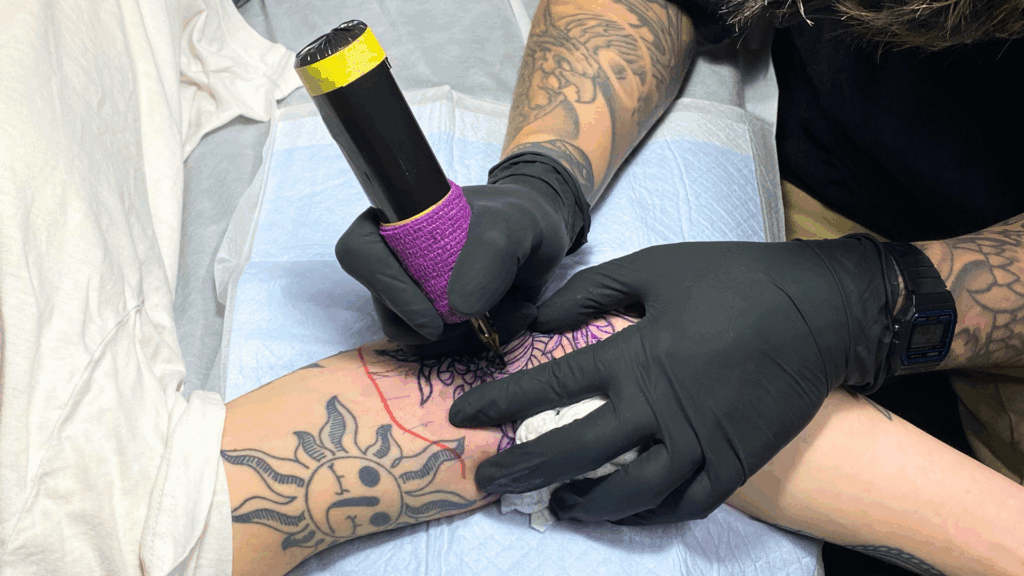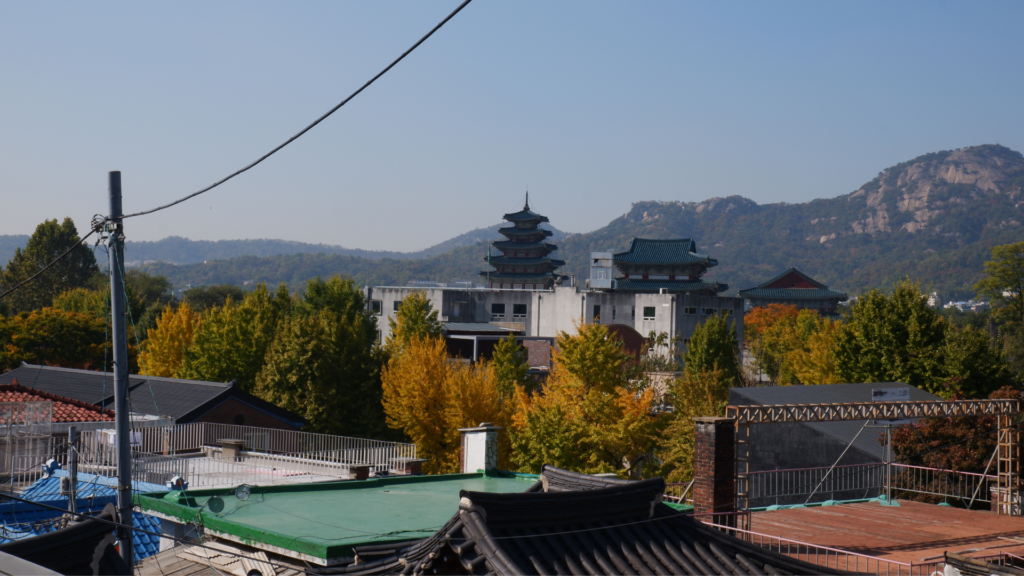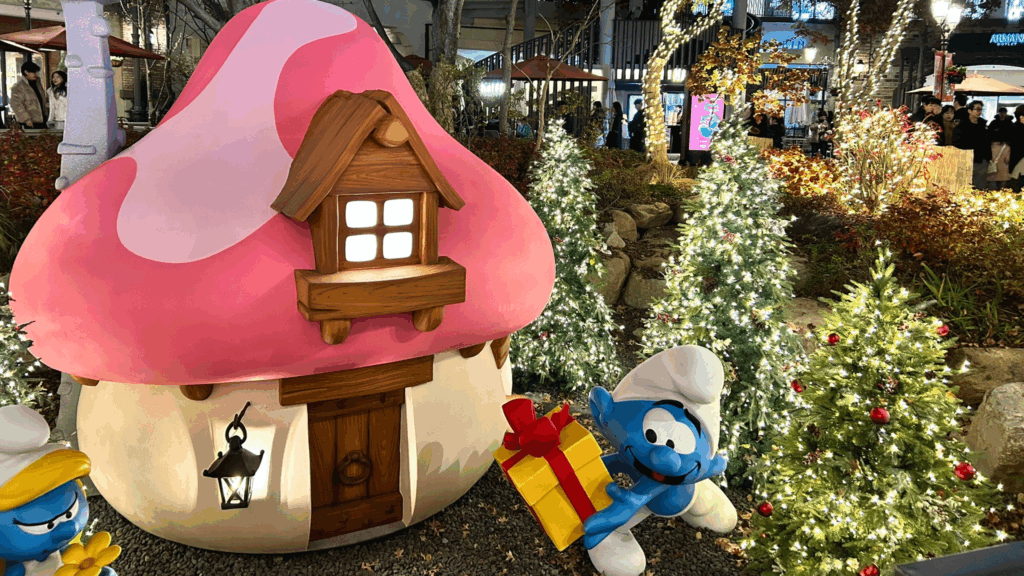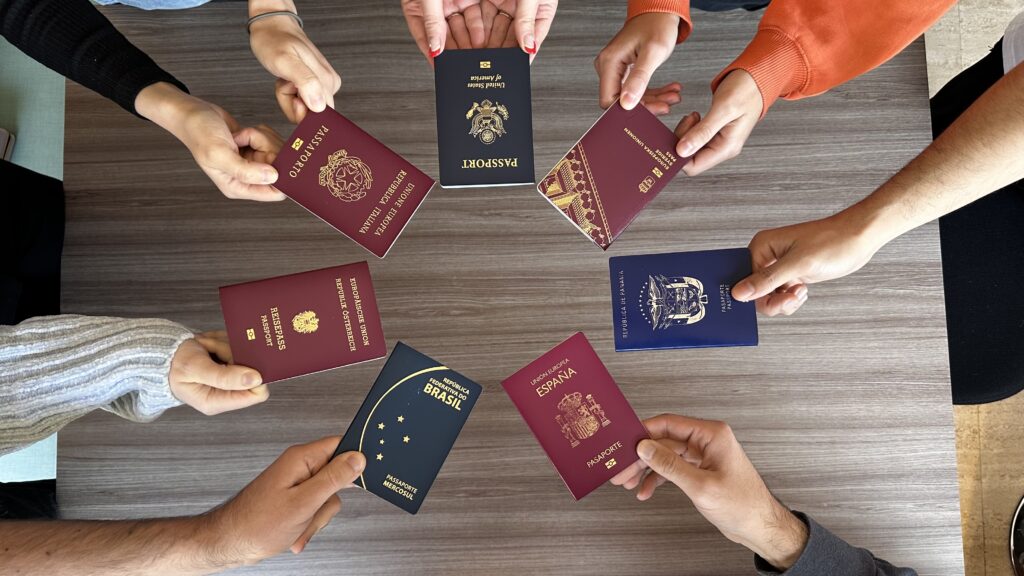When you study at a Korean university for the first time, you will be surprised by all that is to offer on campus. There are many facilities, like restaurants, gyms, cafeterias, banks and convenience stores. In this article, we will tell you what a university cafeteria in Korea is like, what the costs are, what meals are offered and some little rules to follow.

Menus and prices at university cafeteria in Korea
In Korean universities, there is usually not just one cafeteria. There are many – sometimes some of them specifically sell only snacks or drinks for quick meals. In some universities you will even find food samples in the window to actually see what the dish will look like, and what the real quantities will be.
The university cafeteria in Korea consists of several set menus that are displayed at the entrance with a price list. The price of a full meal is usually between 3,500 and 4,500 won, with generous portions. Obviously each university has its own system, and a different menu, but some of the main meals that can be found on the menu are:
- Bibimbap (rice with vegetables and/or meat)
- Fried chicken
- Fried pork cutlet
- Pork sautéed in spicy sauce
- Kimchijjigae (tofu and kimchi stew)
- Pajeon (Korean pancake with vegetables and/or seafood)
- Hot or cold noodles in broth depending on the season
- Manduguk (Korean dumplings in broth)
Along with the set menu there are always plates of small side dishes (banchan), which you can eat as many times as you like. These are mainly kimchi, pickled roots, various vegetables and broth.
In Korea, meals in a university cafeteria mostly consist of Korean dishes, but in some cafeterias you can also find Western dishes, such as American pizza or hamburgers, always at reasonable prices.
Ordering and returning the tray
In recent years, universities have introduced a quick and easy system for ordering, placing machines where you can type in your preferred menu, pay in cash or sometimes even by credit card, and which provide a ticket for your order. You give this card to the cafeteria staff. The food is either given to you immediately, or you will have to return to the counter to collect it when it is ready (always after a few minutes though).
The seats in the university cafeteria in Korea are free, you can sit wherever you like. The important thing is not to forget to clean up when you are finished and to return the tray to a designated area near the kitchen where you will have to throw away the leftover food, tissues – so that the cafeteria staff can clean and wash it quickly.
Opening hours
The cafeterias are usually open for all 3 meals of the day, with set opening hours. Always check the opening and closing times when you visit the cafeteria for the first time, so as not to risk being left empty-handed. Some cafeterias are open all day, with a menu that is not very varied, while others offer different meals according to the time of day or day of the week. Just remember to check if they are open on weekends, as there are no classes.
The university cafeteria in Korea is a space open to the public, so you do not necessarily have to be a university student to access them. There are also dedicated rest areas, where you can eat your dosirak, or bento box, or have a snack with friends.
Of course, not only university students, but also students on university language courses can use the cafeteria and other facilities on campus.

Do I need a meal plan to eat at a university cafeteria in Korea?
The meal plan, or meal voucher, is usually optional and is only available to students who use the university dormitory. Some universities include the meal plan fee in the total price of the dorm room, while at other universities it is optional and must be paid for separately. Even if you don’t do the meal plan from the start, you can still buy individual meals when you feel like it, at a much lower price than if you were to eat off-campus.
Also bear in mind that most of the meals are Korean meals, based on kimchi, spicy spices or meat. If you are a vegetarian or have special dietary needs (e.g. coeliac disease), a meal plan is not advisable.
Coffee shops and other venues
On Korean university campuses you can also find French-style bakeries or American-style coffee shops, both of which are very popular in Korea. There are many coffee shop chains in Korea, including Angel-in-us Coffee, Caffè Bene, Tom N Toms Coffee, and so on. To learn more about Korean coffee shops, we have selected the best coffee shops in Seoul on the blog.
In addition, convenience stores (pyeoneuijeom) are never lacking on campus. There you can find snacks, light meals, bento boxes, as well as soft drinks and other essentials. There are some universities that also offer street food, such as Ttokbokki, Sundae or Hotteok at affordable prices, if you fancy a quick snack.
The first few days on campus will be all about discovery, and it’s better to look for the main places to eat on your lunch break or to buy a nice coffee before class. The list of cafeterias is always on the campus map that you will receive on the first day of school.
Watch this video to see how to order at a university cafeteria in Korea.
For information about university cafeteria in Korea at the schools we work with, or enquiries about studying in Korea please contact us.









